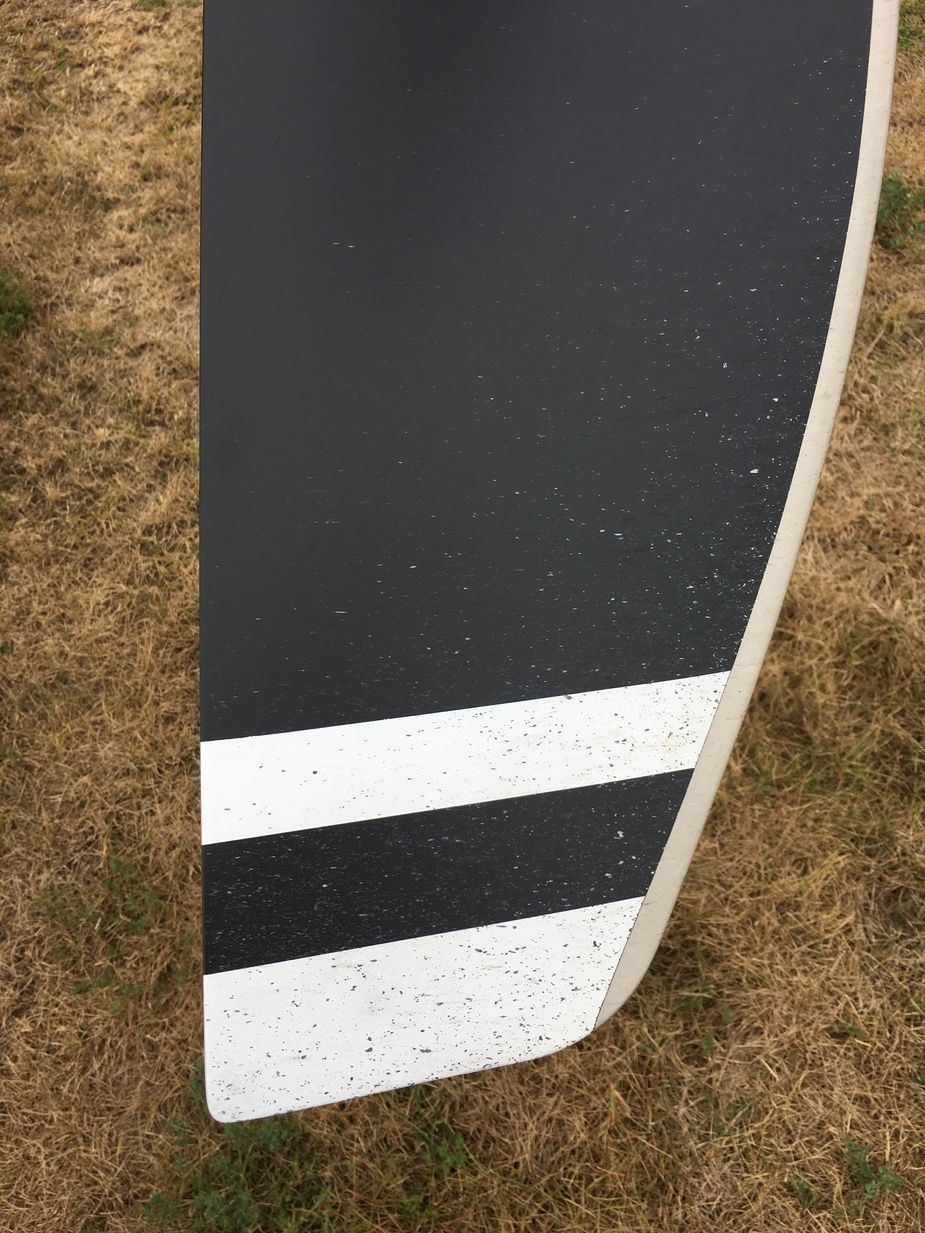Well, then, why do many turboprops do it routinely? Here’s an ATR42 in Prague:
Well the fact that someone does it doesn’t make it a good idea but I can think of several reasons. They have proper marshallers to make sure they dont hit anything and also ATR props are mounted very high. Finally they are at commercial airports where FOD is less of a concern. Compare that to your typical SEP or SET and judge for yourself.
Most SETs recommend you come out of beta or reverse below 40-50 knots.
Also a turboprop is always sucking air even in reverse And has no cooling issues.
Did it for ten years on turboprops, yes you have to take care, don’t touch the brakes, need good marshaling, possible ingestion damage etc….like I said cooling is first issue, and probably ott for light aircraft
I recently landed on a 620m tarmac strip that was not in very good shape. It was my first short landing with the TBM, so I reversed hard. Afterwards I looked at the prop…
I’m pretty sure the damage wasn’t there, as the aircraft is new. Could you tell me if it was caused by stones + using reverse or it would be the same if I hadn’t used beta?

Looks like it, use of any power on poor surfaces sucks up debris, aggressive use of beta just adds to it…take care of where you chose to land!
Looks like the back of my prop has always looked 
To be clear, “Beta” and reverse are not exactly the same thing. An aircraft can be equipped with reverse without having a Beta system. Beta means that the propeller blade angle is being controlled by the power lever position in some phases of operation. Reverse will mean that reverse thrust is available, but not controlled by the power lever.
Reverse capability is not intended for use on the ground for backing into places. It’ll work in some cases, but with extreme caution. Yes, the engine will get hot fast doing this, you gotta keep it brief. This was one of my projects, and worked very well. Reverse is an excellent maneuvering tool on the water, where otherwise, “stopping” is achieved by stopping the engine, hopefully at the prefect time, and drifting into the position you would like to stop – or hitting it, or having to paddle to it.
Bear in mind that because of blade twist, when forward thrust is selected, all of the blade is pulling forward. When reverse is selected, only the outer tips of the blade are in reverse blade angle, with the mid portion more or less flat pitch, and the inner portion still forward. So when you apply lots of reverse thrust, you’re fighting some reverse against some forward, hoping to get a net backward. Thus reingestion of ground debris is a certainty. The outer portion of the prop blows it forward, and the inner portion pulls it back through.
I have installed a reversing MTV-15 propeller on my flying boat, but as it is a taildragger, backing it up is not workable, as it just drives the tailwheel further into the ground. It is excellent for modulating taxi speed, and shortening the latter parts of the rollout, but otherwise is a water toll, rather than land. The cost difference is certainly more than the tow bar, or small tug you should be using for ground handling.
vic wrote:
Using reverse pitch you´d get the stone chips on the FRONT of the blade, or not ? Vic
No. Read Pilot_DAR’s second to last para.
When debris ends up in the slipstream, it is moving slower than the air, and hence strikes the rear of the prop blades and the leading edge not the front. When using reverse pitch, the other way round. When parts of the blade are forward and some reverse, the respective areas are affected according to the relative “dirt/air mixture” flow.
The issue about using the reverse when rolling out below a certain speed is that the wheels are kicking up dirt, so the air behind the prop is especially “dirty”. Not an issue when using reverse at higher speeds, but as you slow down, the revese prop airstream starts sucking it in – you will get much more damage that way than when backing up or using beta just to control taxi speed.